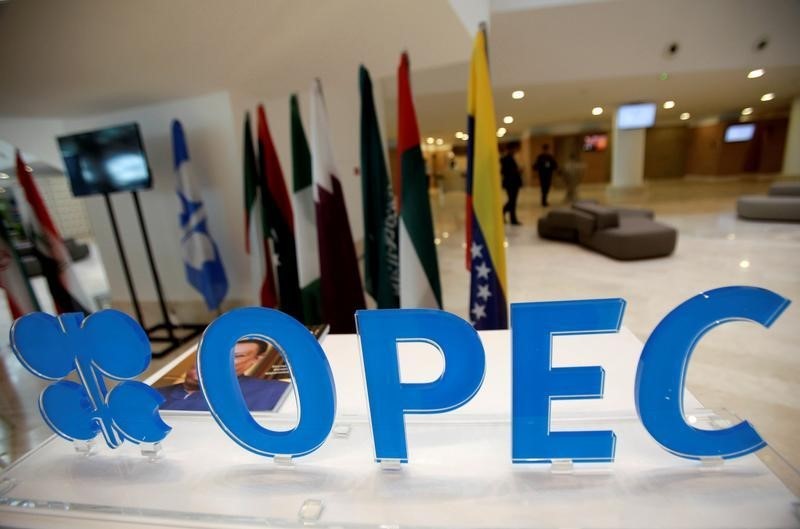Who is Kevin Hassett? Wolfe looks at the Trump ally tipped to become Fed Chair.
By Geoffrey Smith
Investing.com -- Crude oil prices edged higher on Wednesday as OPEC and its allies moved closer to increasing supplies to the world market from the start of August.
By 10 AM ET (1400 GMT), U.S. crude futures were up 0.1% at $40.33 a barrel, supported not only by news out of Vienna, but also by a bigger-than-expected increase in U.S. industrial production in June and by rising confidence that the pharma sector will have provided a vaccine against the Covid-19 virus by the end of the year. That's due to the publication of positive early-stage trial results from Moderna (NASDAQ:MRNA)'s experimental drug late Tuesday. The global benchmark Brent was up 0.2% at $42.98 a barrel.
A Joint Ministerial Monitoring Committee meeting convened by the cartel recommended that the key group of oil exporters taper their supply cuts as planned, now that demand has recovered sufficiently from the pandemic shock to bring the physical market more or less back into balance.
As such, the amount of oil held back from world markets will fall from around 9.7 million barrels a day to around 7.7 million b/d.
Not all of that is due to hit world markets. Saudi Arabia has said that any extra oil it produces will be consumed domestically. And the bloc expects countries that have overproduced in the past months to compensate with additional cuts over the next two. If those countries - such as Iraq, Nigeria and Angola - comply, then the net increase in supplies to the seaborne market will be well below than two million barrels a day. Analysts doubt whether the quota-busters will comply. however.
Paola Rodriguez-Masiu, senior oil market analyst with Rystad Energy, said in e-mailed comments that the increase in supply is justified by the rebound in demand since April. She noted it could also lead to some big changes in differentials between the prices of the market's most important crude blends.
"The opening of the taps is also good news for refiners, which have been struggling with high heavy/medium crude premiums," Rodriguez-Masiu said. "As OPEC+ ramp-ups production, we expect the light to heavy differential to shrink. This will, in turn, help to improve refining margins and support higher runs."
The market's attention is now likely to turn to the release of U.S. government data on crude oil inventories last week. The American Petroleum Institute estimated stocks dropped by 8.3 million barrels last week, which if confirmed would be the biggest decline since the start of the year.
